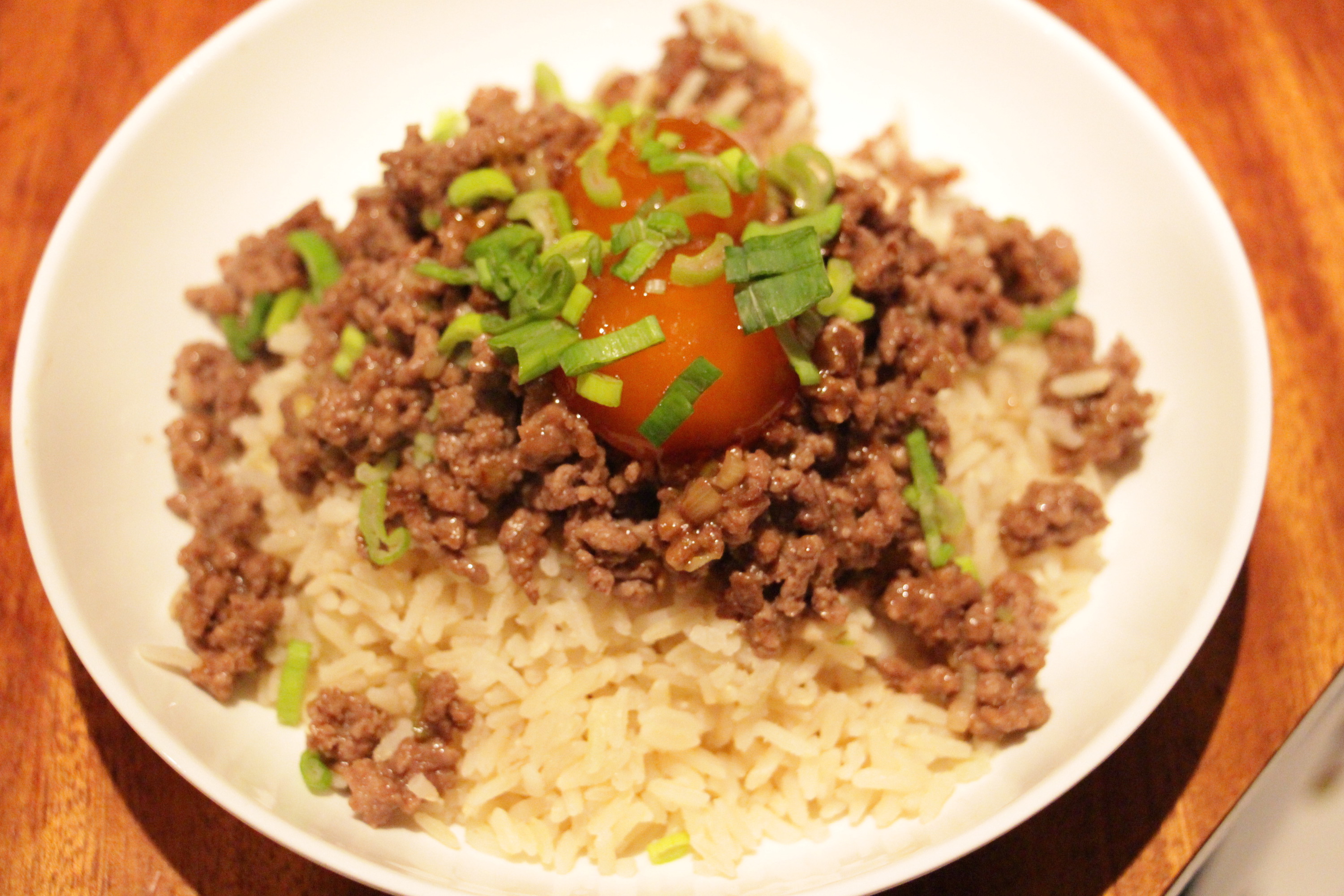When my husband and I first met, he didn’t speak any English*.
*This is actually untrue. But the true story is a bit longer.
The Long (True) Story
When I first met my husband, he spoke a tiny bit of English, but it was the English of someone, I would later learn, had told his teacher that learning English was positively useless, and he would never use it in his life.
We were at a restaurant with about ten other people that night, and while we weren’t seated near one another, at one point during the evening, he reached over, tapped me on the shoulder, and then tapped on the table.
“Table,” he said.
A few minutes later, he tapped me on the shoulder again. He tapped his teeth.
“Teeth.”
As he got drunker, he stopped referencing present objects.
“Orthopedic shoes,” he said. “Semi-detached house.”
Each time I nodded, wondering what strange and sadistic English teacher had taught him how to say “semi-detached house” before he could say “I live up that street.”
Luckily, I already spoke French, so our conversations weren’t limited to senior footwear.
Once we moved in together, though, I would start slipping into English, as I usually do with people I like. He didn’t necessarily understand me all the time, and somehow, I can’t remember exactly how, we decided to start speaking English only in the kitchen. He would hover near me as I cooked, passing me things I asked for. He knew how to say “pan” and “cutting board” long before he knew how to talk about movies or books in English. And whenever an idea was too complex for him to communicate in English, all he had to do was step into the hallway and shout it at me in French.
Those were simpler times.
Today, the Country Boy works at an American company in Paris, where he’s speaking about half in English (with mostly Irish people) and half in French. I, meanwhile, work mainly in English, except on the rare occasion that I’m interviewing someone in French or translating a document from English to French or from French to English (or sometimes — even more rarely — from English to Québécois). Our brains are already pretty addled by the time we get home, and we don’t have the time or the willpower to speak English in the kitchen anymore. And this, unfortunately, means that my French is getting worse, and his English isn’t improving at all.
Since my sister has been here, we’re making more of an effort, designating Mondays, Wednesdays, and Fridays as French nights and Tuesdays and Thursdays as English nights. It’s supposed to help my French lose its populaire lilt and get him to use the right prepositions in English.
What ends up happening, more often than not, is that TCB ends up laughing at my and Sister’s French mistakes, and Sister and I do the correcting — me correcting Sister’s French, and her correcting my and TCB’s English, because, yes, the day has finally come: I’ve been here long enough to have certain words in my vocabulary become obsolete (apparently no one says USB key anymore?), and certain French constructions become so commonplace that I let them slip into my native tongue (like pronoun position, which made me crazy when I first learned it in French, and now makes me say nonsensical things like “Pass that me.”)
But when the doors are closed, when it’s just the two of us, TCB and I speak our own mishmash, our own language, developed after years of speaking both languages all the time, of understanding what the other meant and not making the effort to speak an actual recognized international language. I’ll speak English, unless I need to say something serious. He’ll speak French, unless he’s trying to be funny. We both speak our own languages when we’re angry or tired or both. When we walk down the street, any monolingual would turn their head, hearing a conversation that sounds like one end of a phone call.
It may seem strange, mais ça marche pour nous.
Oddly, language is not where many of our “lost in translation” moments happen. For example, the first night I served this dish, I told TCB we were having “beef and rice” for dinner. When I served these plates — with the admittedly impressive-looking cured egg yolks on top — he said, “That’s what you think of when you say ‘beef and rice’?”
I chose to take it as a compliment.
Beef Sauté with Coconut-Cured Egg Yolks (serves 2, adapted from Lady and Pups)
1/4 cup coconut aminos
2 tbsp Korean chili paste (if your significant other can handle it — which mine cannot)
4Â egg yolks
1 scallion
2 cloves garlic, minced
1 tsp. grated ginger
1/4 cup coconut aminos (or soy sauce)
7 oz (200 grams) ground beef
1 tbsp toasted sesame oil, plus more to drizzle
rice (or cauliflower rice) for serving
Whisk the coconut aminos, chili paste, and garlic together in a small bowl. Add the egg yolks and cover with plastic wrap. Refrigerate, and baste the eggs every few hours. Cure for 10 hours.
Mince the scallion, and set the green part aside. Heat the sesame oil in a skillet, and add the beef, breaking it up with a wooden spoon. Cook until fairly well browned. Add the scallion, garlic, and ginger, and cook until fragrant, about one minute. Add the coconut aminos, stir to combine, and remove from the heat.
Serve the beef on top of rice or cauliflower rice, and top with two cured egg yolks. Sprinkle with the reserved scallion greens and serve.
